The Story of Kowai Bush and the Mears Track
New Zealand was once a wonderland of deep, dense forests ringing with birdsong. Plants found nowhere else on Earth clad the steep, volcanic landscape and vast floodplains. New Zealands only native mammal is a small bat, so an abundance of bird species evolved in the forests, filling every niche.
Sadly, human settlement took a tragic toll, reducing the great forests to scattered remnants and causing the extinction or decline of many bird species. This is immediately evident to nature lovers exploring the countryside around Christchurch, the most populous city in the South Island. Here, on the fertile Canterbury Plains, New Zealand appears to be one huge farm.
There are, however, small remnants of lowland beech forest if you know where to look.
In these reserves, towering piwakawaka black beech (Nothofagus solandri) provide shelter for a dense understory of endemic shrubs and ferns. You’ll find New Zealand Flax (Phormium spp.), ti kouka Cabbage Tree (Cordyline australis), various species of kohuhu Pittosporum and mingimingi Coprosma, and the unusual horoeka Lancewood (Pseudopanax crassifolius), to name just a few. Old growth Podocarps, the endemic New Zealand conifers, are rare, but look out for younger examples of the Kahikatea, or White Pine, (Dacrycarpus dacryoides), New Zealand’s tallest native tree.
Maintained by volunteers, well-graded tracks in these reserves allow walkers to wander and wonder. The melodious song of bellbirds (Athornis melanura) delights the heart, while friendly fantails (Rhipidura fuliginosa) follow walkers, darting here and there as they catch tiny insects disturbed by our footsteps.
Glimpsing what once was, it’s encouraging to know that nearby landholders are working hard to revegetate pasture, expanding out from the remnant patches, and linking tomorrow’s forests. More on that later.
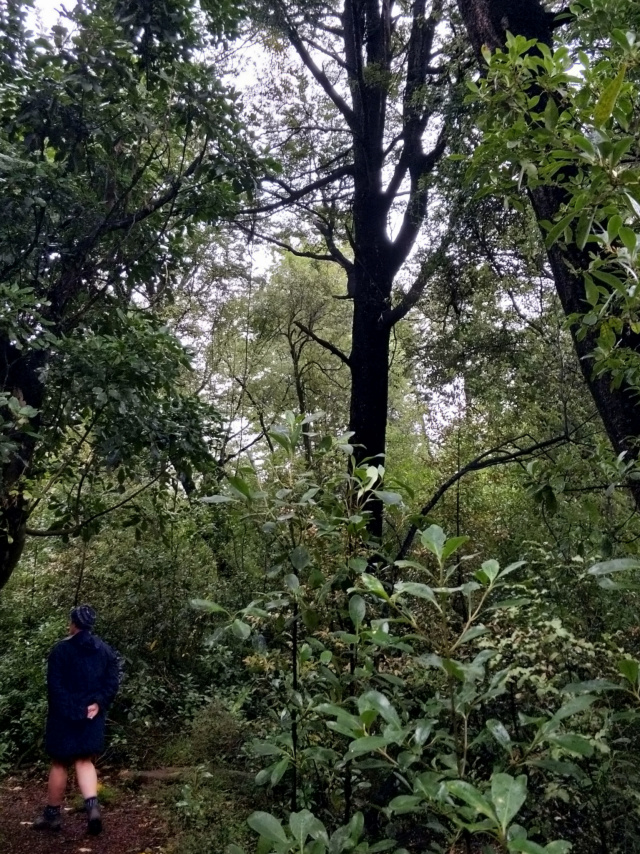
I was born in Christchurch but grew up in Australia. For most of my life Kowai Bush has lived in my psyche more than in my experience.
A 12-hectare (30 acres) remnant of lowland beech forest, Kowai Bush Reserve is nestled in the foothills at the edge of the Canterbury Plains, 73km north-west of Christchurch. Also known as Bevan-Brown’s Bush, after Maurice Bevan-Brown, the man whose family purchased and protected it in the early twentieth century, my family has connections going back to those times.
My grandparents, Frank and Enid Cook, were great friends with Bevan-Brown, or BB as he was known. BB was a New Zealander who had trained in England as a doctor and psychiatrist. He returned to New Zealand where he was influential in spreading the practice of psychotherapy and sometimes controversially, the importance of what is now generally called ‘attachment parenting’ during infancy.
My grandparents were English, having emigrated with their young family to NZ in 1939. He was a clergyman, and she was a doctor. Post-war they were acutely aware of the lack of professional psychological help for returned soldiers suffering mental breakdown. They trained in psychotherapy under BB and the two families worked and played together. Time out at BB’s rustic hut on a farm near Kowai Bush became a feature of life. It was here that my grandmother assisted BB in writing his classic book, Sources of Love and Fear (1950).
Kowai Bush was a place I had always heard about. I had visited it as a child, but to me it was more family legend than reality. In the autumn of 2024, I revisited Kowai, linking fragments of memory, impression and childhood feeling with reality. My aunt and uncle had bought 2.5 hectares (6 acres) of land with BB’s hut from the farmer, later passing it on to my cousin and his wife. BB’s bush reserve, still in private hands but open to the public, is up the road.

Travelling from Christchurch, take the Old West Coast Rd, then the Great Alpine Highway. Allow time to stop in Sheffield to pick up some pies for your picnic at BB’s Bush. You can’t miss the famous Sheffield Pie Shop as you drive through. Yes, they do cater for vegetarians.
Use your GPS to find Kowai Rd, and thence, Kowai Bush.
Bevan-Brown’s Bush is signposted. Once you’re in, you’ll find yourself meandering along a collection of loop tracks. At its highest point there are spectacular views cross country. Otherwise, you’re forest bathing in the cool green and black where dappled light plays and piwakawaka fantails tease. Take it slowly and spend an hour or so letting your mind go back to a time when forest giants dwelt in peace amidst the music of birdsong.
The legacy of BB's love of nature and friendship with my grandparents is a story with a new chapter. A short walk from BB’s Bush, my cousin and his wife maintain BB’s old hut and have embarked on an ambitious project. Gradually, they are revegetating the entire 2.5 hectares (6 acres). With the help of volunteers, the planting will be complete in 2025. Their land adjoins a Department of Conservation reserve called Lord’s Bush. Natural regeneration from Lords Bush is starting to occur, with seedlings emerging amongst the plantings. Across the road their new neighbours are also replanting an acreage.
Mears Bush, a 4.5-hectare (11 acre) forest remnant in the hamlet of Oxford in North Canterbury is a cousin of Bevan-Brown’s Bush, so to speak. How so?
55km from Christchurch on the dramatically straight Tram Rd, Oxford is another place that hovers in the dreamy world of my childhood memories. My other uncle and aunt were farmers in Oxford. They were the Mears family. Visiting from Sydney it was in Oxford that my sisters and I learned about country life. We collected eggs in the chicken sheds, fed lambs with a baby’s bottle, rode behind my cousin on her pony and had rides on the tractor with Uncle Peter.
But it wasn’t until 2024 that I visited Mears Bush with my uncle, then 88 years old.
Aunty Lorna was the youngest daughter of Frank and Enid Cook. She’d grown up hiking and enjoying nature with the Bevan-Browns, including time at Kowai Bush. She married Peter Mears, a farmer born and bred in Oxford. Starting out with a tiny mixed farm, they gradually acquired land. In 1980 they decided to sell up and move elsewhere for an easier lifestyle. On their land was a remnant of the once great Harewood Forest which had covered the foothills around Oxford. Inspired by BB’s preservation of Kowai Bush, Lorna suggested placing the bush under a Queen Elizabeth II National Trust covenant so that it would be safe for all time and could be enjoyed by the public.
Sadly, in 1981 Lorna died prematurely. Mears Bush, or Mears Track as it is signposted, became a memorial to her generous spirit and love of nature.
The bush on the Mears Track, like that of Kowai Bush, contains original tawhiarauriki black beech and associated vegetation. There’s a seat at the entrance to rest and ponder. The loop track takes only about 20 minutes, but the embrace of the forest holds you close.
Oh yes – and there’s a Sheffield Pie Shop in Oxford to sustain you!
More info about Mears Track and how to find it here.

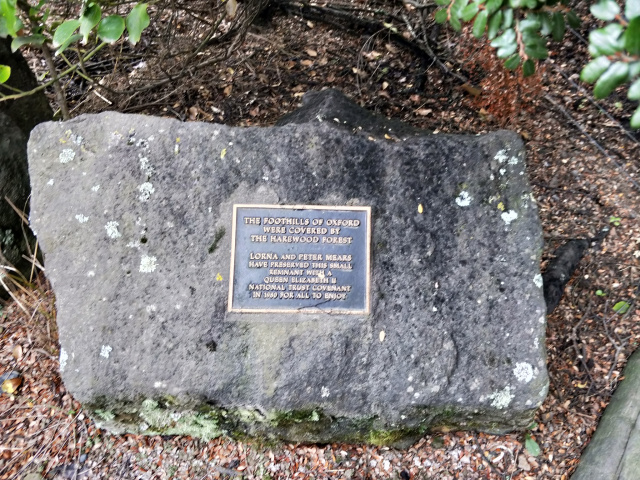
For most of my life Kowai Bush has lived in my psyche more than in my experience.
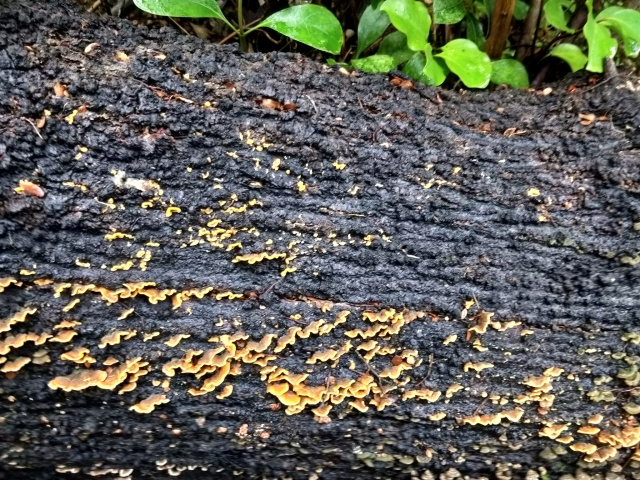
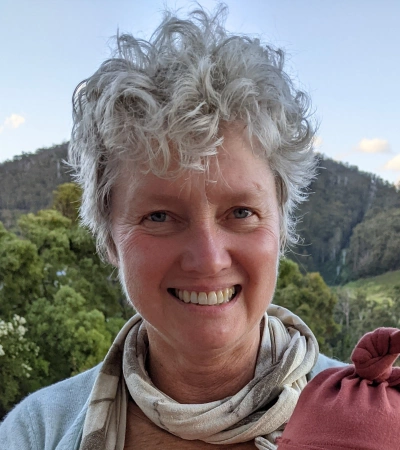
Helen Cushing
Freerange Journalist
New Zealand was once a wonderland of deep, dense forests ringing with birdsong. Plants found nowhere else on Earth clad the steep, volcanic landscape and vast floodplains. New Zealands only native mammal is a small bat, so an abundance of bird species evolved in the forests, filling every niche.
Sadly, human settlement took a tragic toll, reducing the great forests to scattered remnants and causing the extinction or decline of many bird species. This is immediately evident to nature lovers exploring the countryside around Christchurch, the most populous city in the South Island. Here, on the fertile Canterbury Plains, New Zealand appears to be one huge farm.
There are, however, small remnants of lowland beech forest if you know where to look.
In these reserves, towering piwakawaka black beech (Nothofagus solandri) provide shelter for a dense understory of endemic shrubs and ferns. You’ll find New Zealand Flax (Phormium spp.), ti kouka Cabbage Tree (Cordyline australis), various species of kohuhu Pittosporum and mingimingi Coprosma, and the unusual horoeka Lancewood (Pseudopanax crassifolius), to name just a few. Old growth Podocarps, the endemic New Zealand conifers, are rare, but look out for younger examples of the Kahikatea, or White Pine, (Dacrycarpus dacryoides), New Zealand’s tallest native tree.
Maintained by volunteers, well-graded tracks in these reserves allow walkers to wander and wonder. The melodious song of bellbirds (Athornis melanura) delights the heart, while friendly fantails (Rhipidura fuliginosa) follow walkers, darting here and there as they catch tiny insects disturbed by our footsteps.
Glimpsing what once was, it’s encouraging to know that nearby landholders are working hard to revegetate pasture, expanding out from the remnant patches, and linking tomorrow’s forests. More on that later.

I was born in Christchurch but grew up in Australia. For most of my life Kowai Bush has lived in my psyche more than in my experience.
A 12-hectare (30 acres) remnant of lowland beech forest, Kowai Bush Reserve is nestled in the foothills at the edge of the Canterbury Plains, 73km north-west of Christchurch. Also known as Bevan-Brown’s Bush, after Maurice Bevan-Brown, the man whose family purchased and protected it in the early twentieth century, my family has connections going back to those times.
My grandparents, Frank and Enid Cook, were great friends with Bevan-Brown, or BB as he was known. BB was a New Zealander who had trained in England as a doctor and psychiatrist. He returned to New Zealand where he was influential in spreading the practice of psychotherapy and sometimes controversially, the importance of what is now generally called ‘attachment parenting’ during infancy.
My grandparents were English, having emigrated with their young family to NZ in 1939. He was a clergyman, and she was a doctor. Post-war they were acutely aware of the lack of professional psychological help for returned soldiers suffering mental breakdown. They trained in psychotherapy under BB and the two families worked and played together. Time out at BB’s rustic hut on a farm near Kowai Bush became a feature of life. It was here that my grandmother assisted BB in writing his classic book, Sources of Love and Fear (1950).
Kowai Bush was a place I had always heard about. I had visited it as a child, but to me it was more family legend than reality. In the autumn of 2024, I revisited Kowai, linking fragments of memory, impression and childhood feeling with reality. My aunt and uncle had bought 2.5 hectares (6 acres) of land with BB’s hut from the farmer, later passing it on to my cousin and his wife. BB’s bush reserve, still in private hands but open to the public, is up the road.

Travelling from Christchurch, take the Old West Coast Rd, then the Great Alpine Highway. Allow time to stop in Sheffield to pick up some pies for your picnic at BB’s Bush. You can’t miss the famous Sheffield Pie Shop as you drive through. Yes, they do cater for vegetarians.
Use your GPS to find Kowai Rd, and thence, Kowai Bush.
Bevan-Brown’s Bush is signposted. Once you’re in, you’ll find yourself meandering along a collection of loop tracks. At its highest point there are spectacular views cross country. Otherwise, you’re forest bathing in the cool green and black where dappled light plays and piwakawaka fantails tease. Take it slowly and spend an hour or so letting your mind go back to a time when forest giants dwelt in peace amidst the music of birdsong.
The legacy of BB's love of nature and friendship with my grandparents is a story with a new chapter. A short walk from BB’s Bush, my cousin and his wife maintain BB’s old hut and have embarked on an ambitious project. Gradually, they are revegetating the entire 2.5 hectares (6 acres). With the help of volunteers, the planting will be complete in 2025. Their land adjoins a Department of Conservation reserve called Lord’s Bush. Natural regeneration from Lords Bush is starting to occur, with seedlings emerging amongst the plantings. Across the road their new neighbours are also replanting an acreage.
Mears Bush, a 4.5-hectare (11 acre) forest remnant in the hamlet of Oxford in North Canterbury is a cousin of Bevan-Brown’s Bush, so to speak. How so?
55km from Christchurch on the dramatically straight Tram Rd, Oxford is another place that hovers in the dreamy world of my childhood memories. My other uncle and aunt were farmers in Oxford. They were the Mears family. Visiting from Sydney it was in Oxford that my sisters and I learned about country life. We collected eggs in the chicken sheds, fed lambs with a baby’s bottle, rode behind my cousin on her pony and had rides on the tractor with Uncle Peter.
But it wasn’t until 2024 that I visited Mears Bush with my uncle, then 88 years old.
Aunty Lorna was the youngest daughter of Frank and Enid Cook. She’d grown up hiking and enjoying nature with the Bevan-Browns, including time at Kowai Bush. She married Peter Mears, a farmer born and bred in Oxford. Starting out with a tiny mixed farm, they gradually acquired land. In 1980 they decided to sell up and move elsewhere for an easier lifestyle. On their land was a remnant of the once great Harewood Forest which had covered the foothills around Oxford. Inspired by BB’s preservation of Kowai Bush, Lorna suggested placing the bush under a Queen Elizabeth II National Trust covenant so that it would be safe for all time and could be enjoyed by the public.
Sadly, in 1981 Lorna died prematurely. Mears Bush, or Mears Track as it is signposted, became a memorial to her generous spirit and love of nature.
The bush on the Mears Track, like that of Kowai Bush, contains original tawhiarauriki black beech and associated vegetation. There’s a seat at the entrance to rest and ponder. The loop track takes only about 20 minutes, but the embrace of the forest holds you close.
Oh yes – and there’s a Sheffield Pie Shop in Oxford to sustain you!
More info about Mears Track and how to find it here.


For most of my life Kowai Bush has lived in my psyche more than in my experience.

You might like...

From Bulldozers to Bush Regeneration

The joy of bush regeneration

The Bradley Method of Bushland Conservation
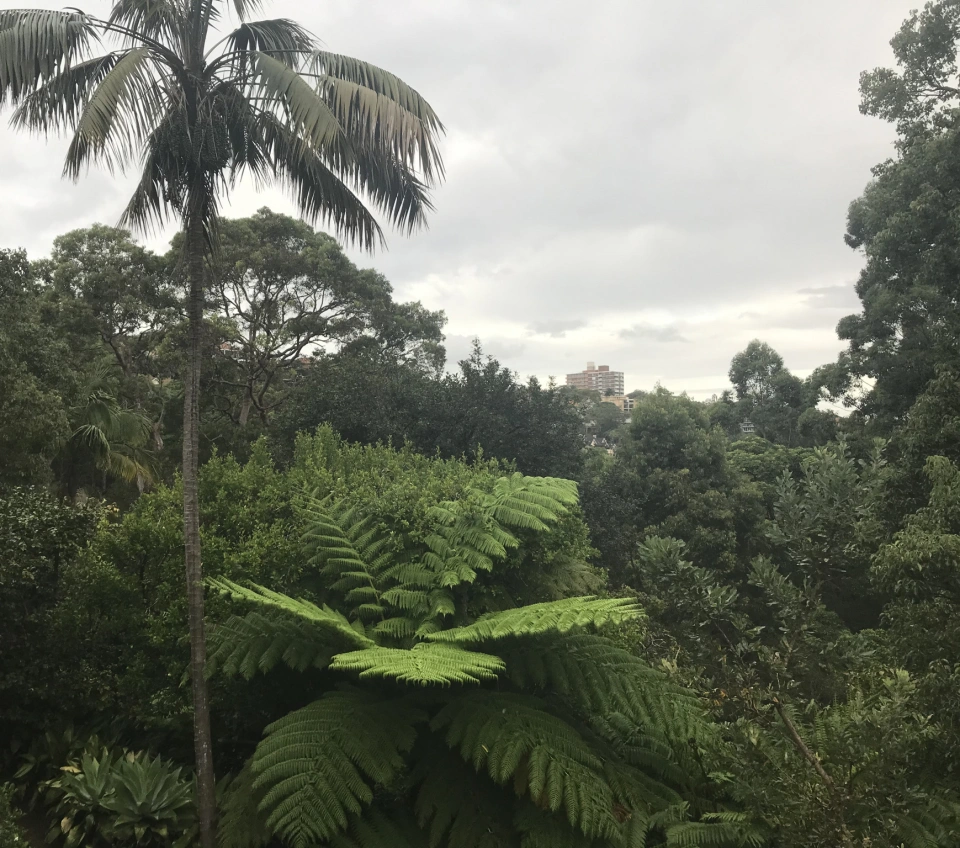
The importance of bush in an urban environment
Newsletter
Sign up to keep in touch with articles, updates, events or news from Kuno, your platform for nature
